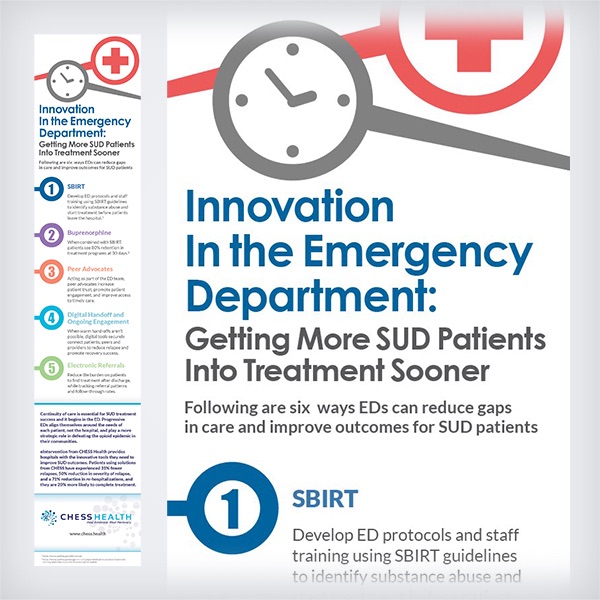Graphic design for UX/UI, Websites, Print, and Digital
From a technical perspective, print and digital design are differentiated by units, resolutions, and types of output. Print is designed in points and picas, sometimes inches and millimeters: web is designed in pixels. Print output has always fallen in the 100-600 pixels per inch (ppi), depending upon the need, where digital output is wholly dependent upon the size of the screen on which it is being viewed—72 to nearly 600 ppi as of this post. Print is mostly PDFs with the occasional exception, while digital is wide open with a plethora of vector to raster file types. From a client/partner’s perspective it’s all about how the end user will view and/or use the designed product. Will the customer be holding it or will he/she be viewing it from 1000 feet away? Will they need to be prompted to call/email or will they be clicking it, etc. [See Related Services on this page for a breakdown of the types of work associated with each of these design categories, including links to portfolios showcasing some of the work Company Man Design has done.]
Print vs Digital
Whether considering print design and digital design jobs, the distinction between the two is largely irrelevant. A designer either has or doesn’t have enough experience to be confident designing certain rare or complicated types of work. In the end, good design is good design.
Good Graphic Design Is Good Graphic Design
The check list of design is fairly, almost surprisingly, small:
- There’s a design space (even if that design space is flexible as with responsive websites)
- There are client/partner goals and requirements—target demographic, message and tone, branding elements, and text and imagery
- There is a clear call-to-action (or multiple ones)
- And there are vendor, publication, and/or other output considerations—screen, print, and (in the case of copy and scripting) broadcast
But, again, it’s all design. The designer takes all the requirements (and recognizes and alerts you to to any that may be missing) and creates an effective piece, meaning one that is well-designed, is strongly-messaged, and that is presented to the correct target demographic at the right time and in the most accessible and user-friendly medium to ensure a business-positive action on their part.
Sounds simple, right?
Eggs and Baskets
Though we’ve established that it’s not a competition between print and digital, that’s not to say that one is better than the other FOR YOU. Even then, the choice usually isn’t a stark one of one or the other; rather, it’s a matter of how much marketing emphasis should be assigned at a particular time. Some clients may gain more general benefit from print or vice versa, but usually the distribution of resources is on a case-by-case or campaign-by-campaign basis. Over the last six years of our relationship with one of our longest-standing clients, there are been phases where we focused nearly 100% of our efforts on print. At other times, that same client’s focus was split 50/50 between print and digital efforts. They upped their digital game leading up to trade shows and other events, when they were in the midst of relocating their home office, and each time they have expanded into new markets. All the while, print has proceeded at the same pace.
Company Man Design has experience designing nearly all types of work all channels: print, digital, and web. Additionally, we are uniquely experienced to aid your organization in making these important choices is how to most wisely distribute your marketing resources.
CONTACT US

